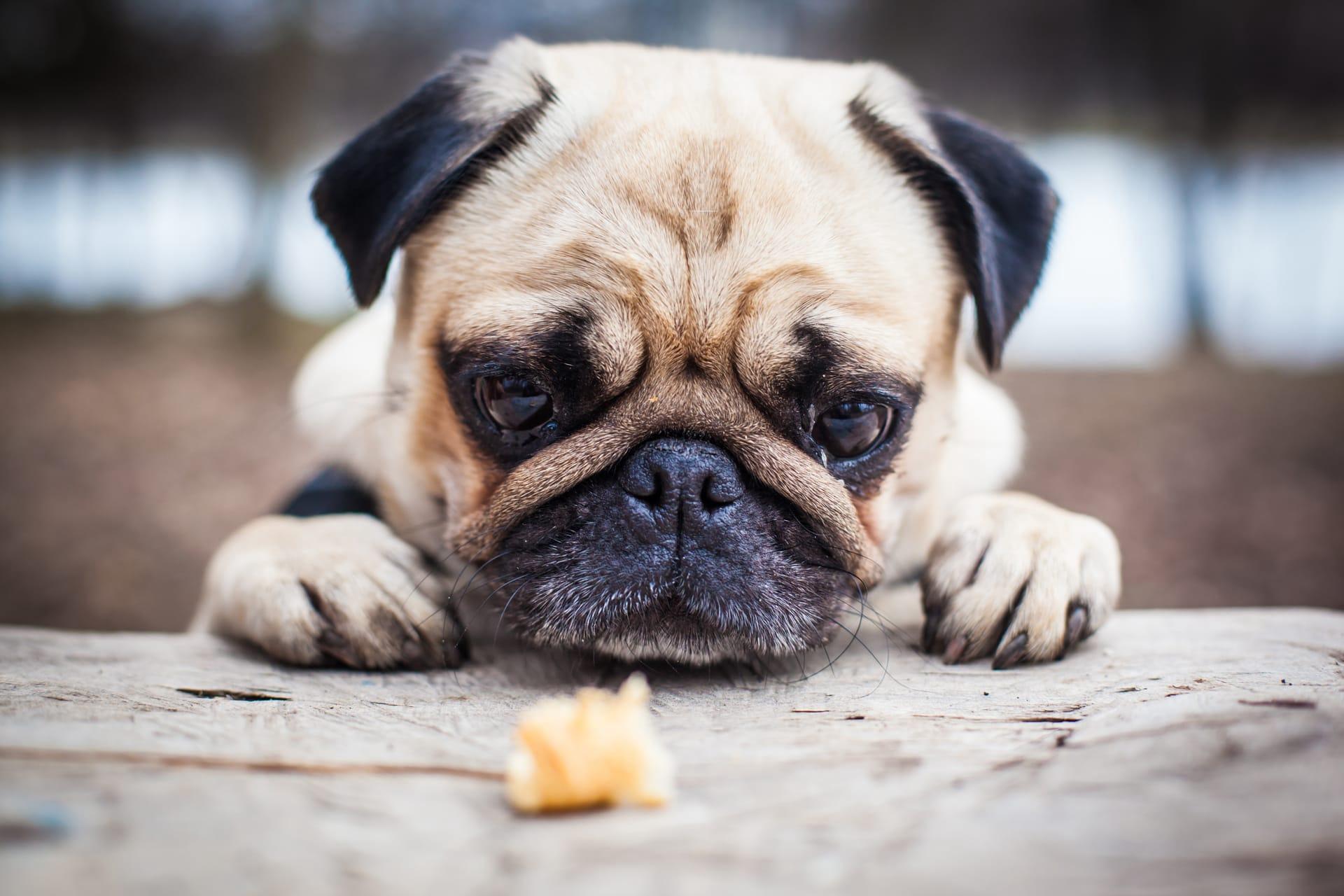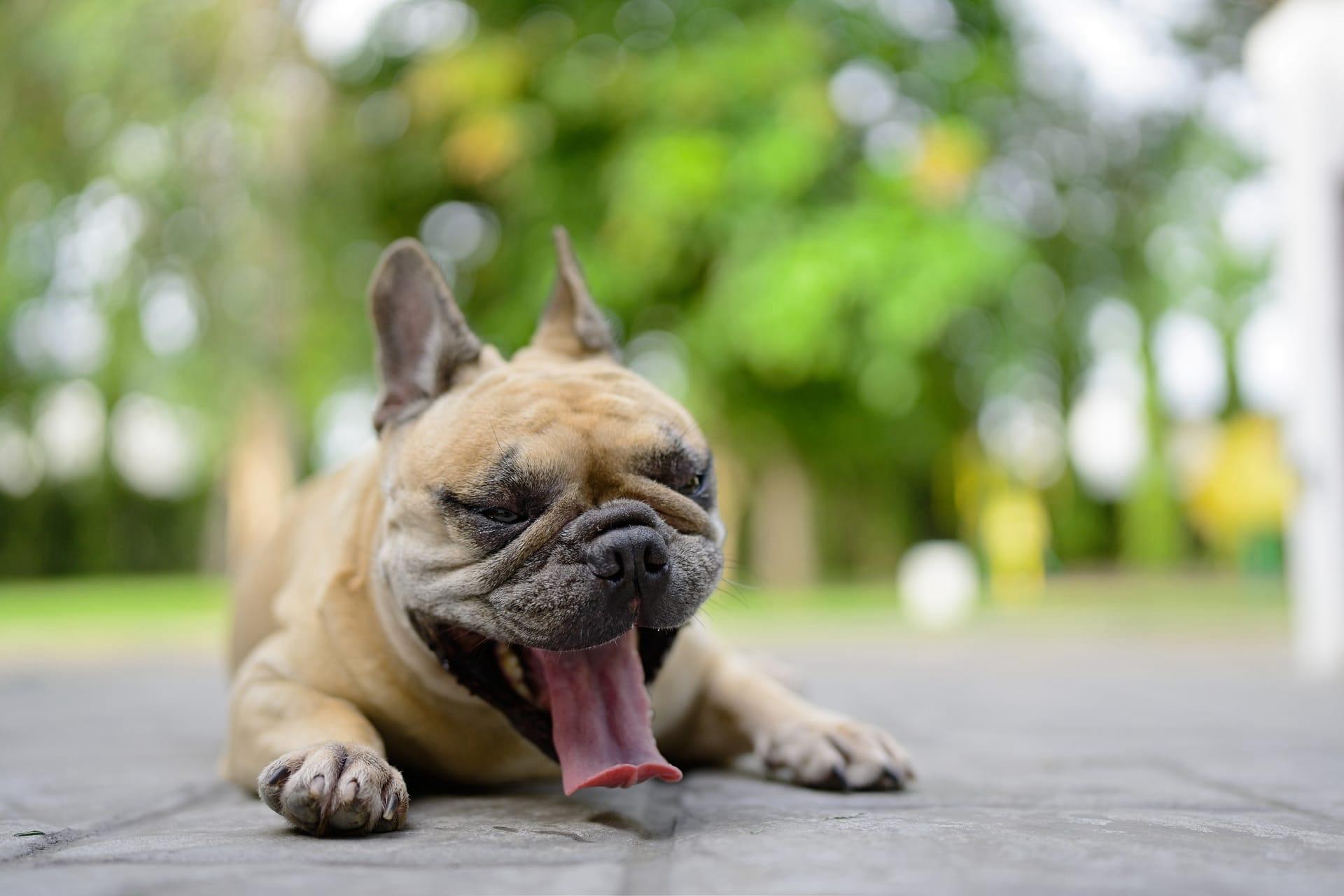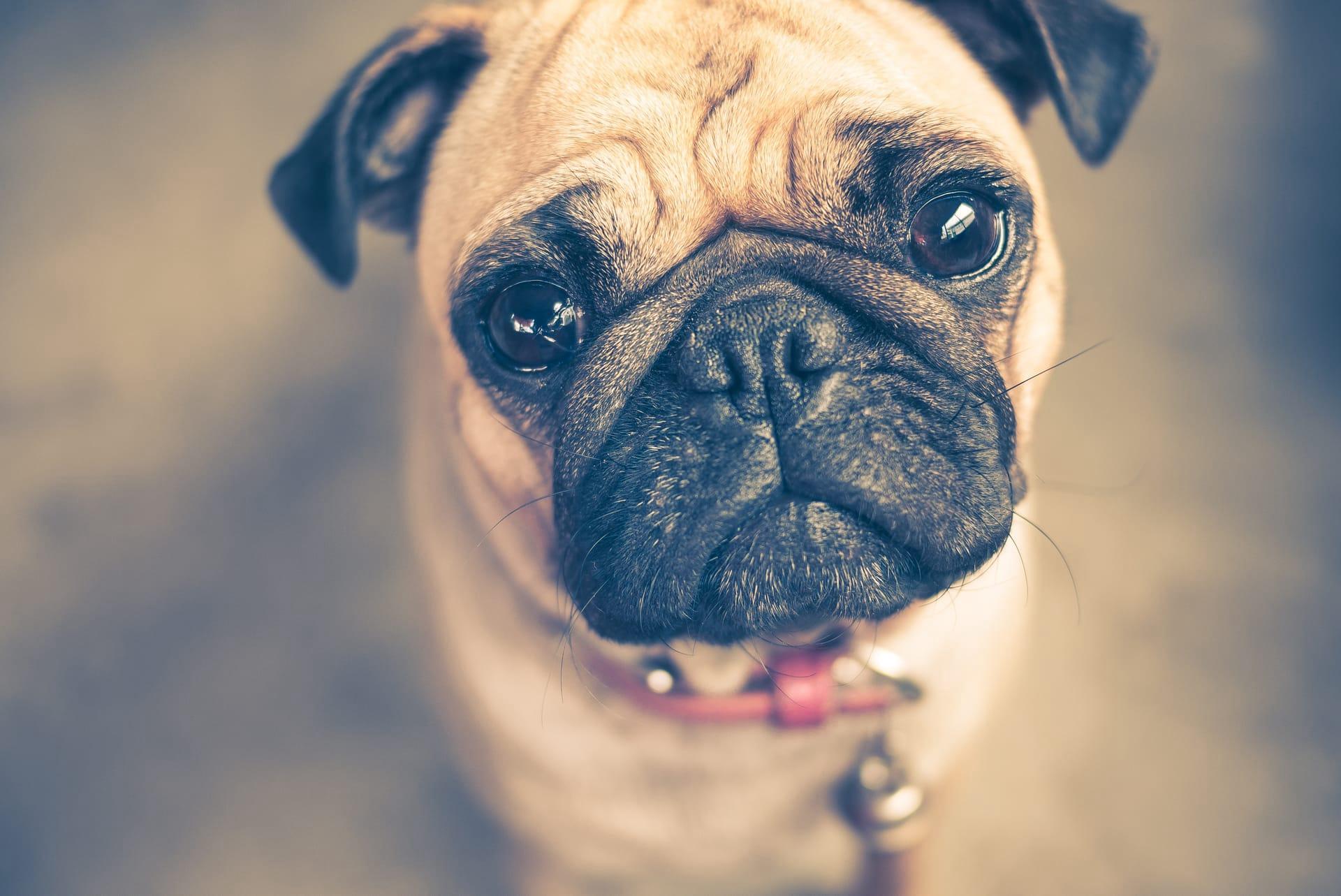Bullmastiff Trivia
- Home /
- Trivia Question /
- Animal /
- Bullmastiff Trivia
1
Question: How large can a Bullmastiff grow, and what are their distinct physical characteristics?
Answer: The Bullmastiff is a powerful breed, typically weighing between 100 to 130 pounds (45 to 59 kilograms) for males and 90 to 120 pounds (41 to 54 kilograms) for females. They stand about 24 to 27 inches (61 to 69 cm) tall at the shoulder. This breed boasts a broad, wrinkled head and a short, dark muzzle, which is about one-third the length of the entire head. Their coat colors range from fawn, red, to brindle, with a distinctive black mask on their face.
Question: What is the typical lifespan of a Bullmastiff, and how does their size impact their health?
Answer: Bullmastiffs typically live for about 8 to 10 years. Their large size predisposes them to certain health issues, including hip and elbow dysplasia, which can be exacerbated by excessive weight. Regular exercise and a balanced diet are crucial for maintaining their health. Additionally, they can suffer from cardiac and thyroid issues, making regular veterinary check-ups important.

2
Question: Is the Bullmastiff an aggressive breed, as often perceived?
Answer: Contrary to common belief, Bullmastiffs are not inherently aggressive. Originally bred to guard estates, they are courageous and loyal, but their temperament is generally gentle and affectionate, especially towards their family. Proper socialization and training from an early age are essential to ensure they are well-behaved.
Question: Do Bullmastiffs require extensive exercise?
Answer: Despite their size, Bullmastiffs do not require excessive exercise. Moderate daily exercise, like a long walk or playtime in a secure area, is sufficient. They are prone to overheating, so it's important to avoid intense exercise, especially in hot weather. Their exercise needs also change as they age, with puppies and young dogs being more active.

3
Question: How do Bullmastiffs fare with children and other pets?
Answer: Bullmastiffs generally get along well with children, displaying a patient and protective demeanor. However, due to their size, interactions with very small children should be supervised to prevent accidental injury. As for other pets, they can coexist peacefully if raised together, but their strong prey drive may pose challenges with smaller animals.
Question: What kind of training do Bullmastiffs require?
Answer: Bullmastiffs respond well to consistent, positive reinforcement training. They can be stubborn, so patience and consistency are key. Early socialization is crucial to help them become well-adjusted adults. Training should focus on obedience, social skills, and managing their protective instincts to avoid overprotectiveness.

4
Question: How much grooming do Bullmastiffs need?
Answer: Bullmastiffs have a short, easy-to-care-for coat. They require minimal grooming, which includes regular brushing to remove loose fur and bathing as needed. They are moderate shedders. Attention should also be given to their nails, ears, and teeth to ensure overall health and hygiene.
Question: Are Bullmastiffs suitable for apartment living?
Answer: Bullmastiffs can adapt to apartment living if they receive adequate exercise. However, their size and need for a moderate amount of daily activity make them more suited to homes with larger living spaces and a yard. They are relatively inactive indoors and prefer a relaxed environment.

5
Question: What kind of diet is best suited for a Bullmastiff?
Answer: Bullmastiffs thrive on a balanced diet rich in proteins, fats, and carbohydrates. Given their size and propensity for weight gain, it's important to monitor their food intake and avoid overfeeding. High-quality commercial dog food or a well-planned homemade diet, approved by a veterinarian, is ideal. Regular meals rather than free-feeding help manage their weight.
Question: How does the Bullmastiff's temperament suit them for roles beyond companionship?
Answer: The Bullmastiff's protective and loyal nature, combined with their intelligence and strength, makes them excellent candidates for roles such as therapy, search and rescue, and even as service dogs for people with disabilities. Their gentle temperament, when properly trained and socialized, allows them to excel in various supportive roles.